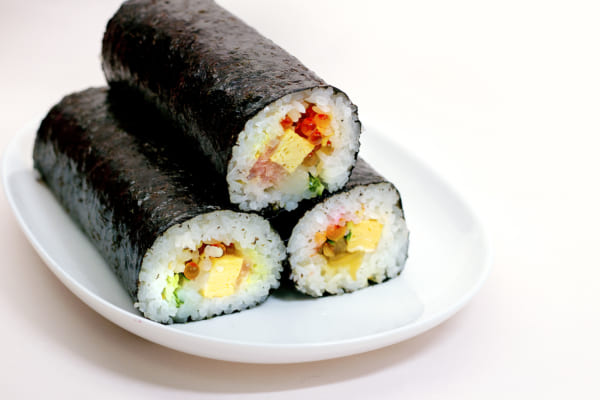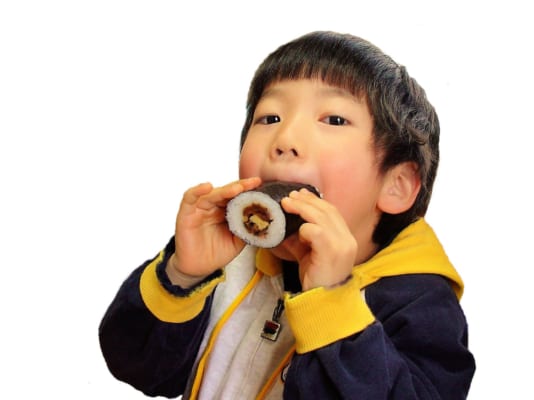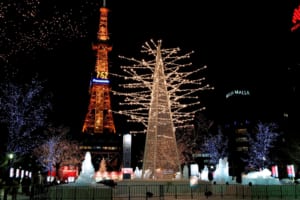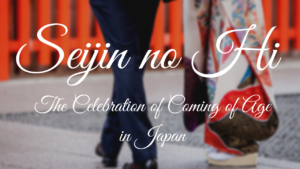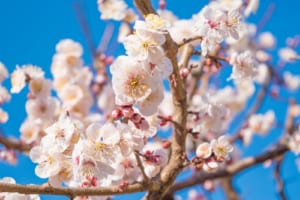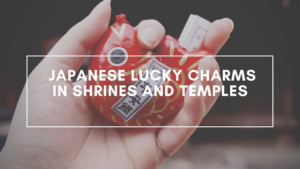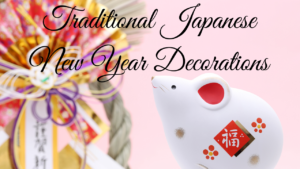Setsubun no Hi: Demon out, fortune inside
The Japanese festival to say goodbye to winter and welcome spring
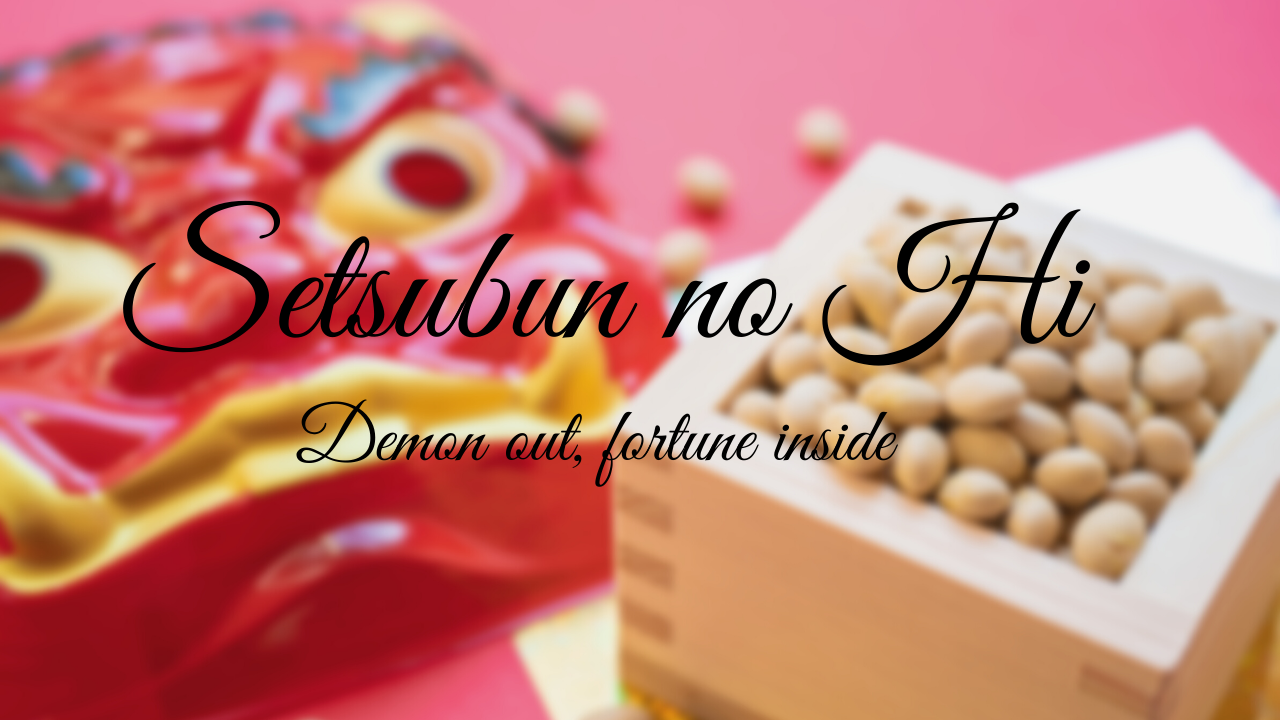
February in Japan is the month of one of the most curious festivals of the Japanese calendar and one of the children’s favorites. On February 3 in Japan, Setsubun no Hi (節分の日) or “Last day of winter” is celebrated. Although it is one of the coldest months of the year and in some areas of the country you can still see snowfall, Setsubun no Hi or know as Bean-Throwing Festival in English is a festival that celebrates the end of winter and the beginning of spring.
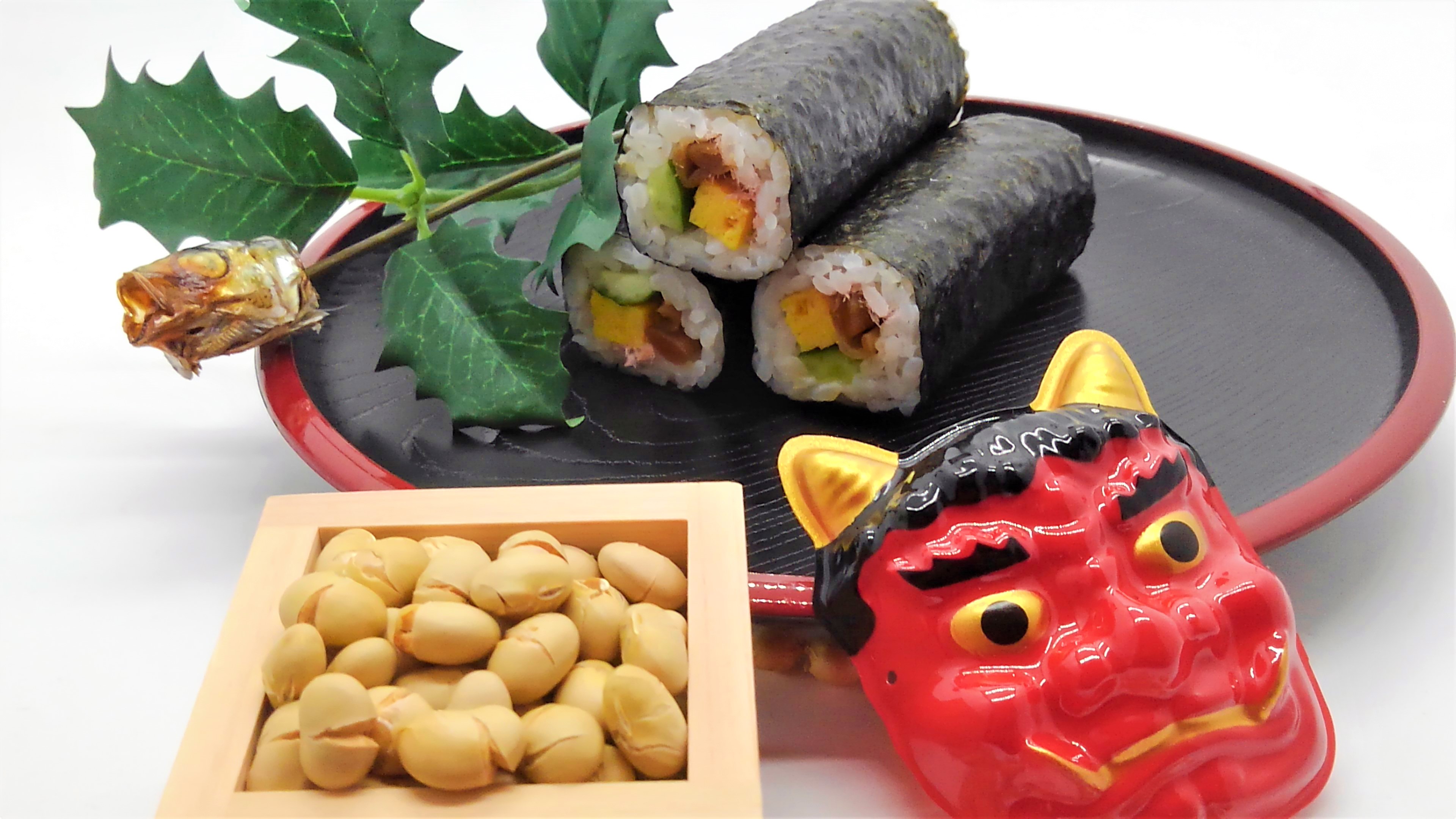
Originally setsubun (節分) was a word that meant ‘the last day of each season’ (the day that separates one station from the other) and setsubun was held four times a year with the change of the four seasons. Over time it ended up becoming only the last day of winter, which according to the lunar calendar, is February 3 (formerly celebrated on 4).
The Japanese had the belief that the “oni” (鬼), a type of Japanese folklore creature, similar to Western demons or ogres, appeared in the changing seasons. In order to scare away those demons, they throw dried soybeans while yelling ‘鬼は外、 福は内!’ (Oni wa soto, fuku wa uchi) which means ‘Demon out, fortune inside’.
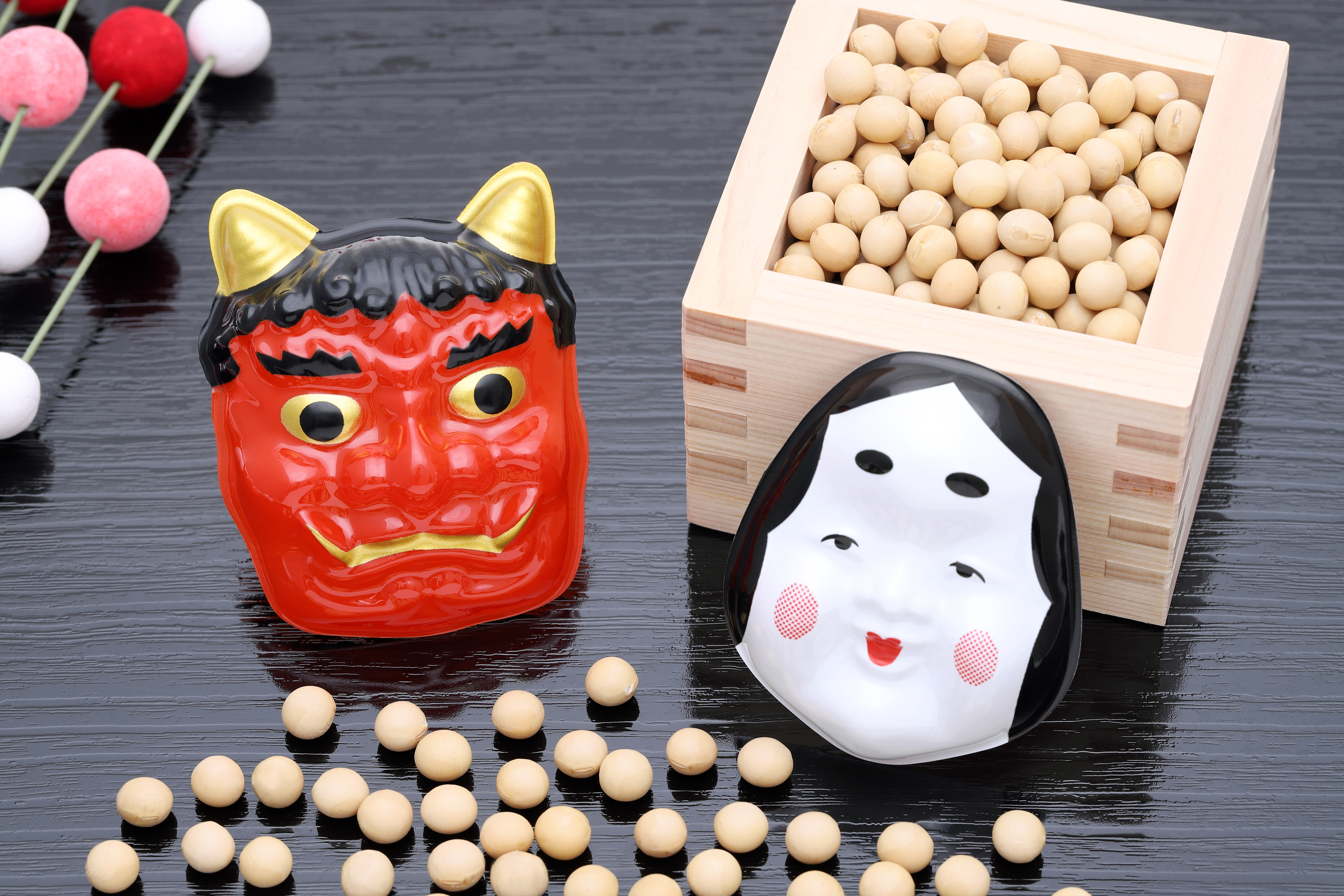
This tradition of throw died soybeans is called Mame-maki (豆まき)and literally means that, “throwing soybeans.” It’s done mainly inside houses, schools and temples. In homes it’s usually the father wear a mask of oni and acted as such to amuse the children, in schools are the teachers who play oni.
The days before the setsubun in supermarkets there is a special section for soybeans prepared in packages especially for this day. These packages of soybeans usually have an oni mask as a gift. Soybeans not only serve to throw them to demons, but tradition also says that you have to eat as many grains as you have years to attract good luck and have a healthy year.
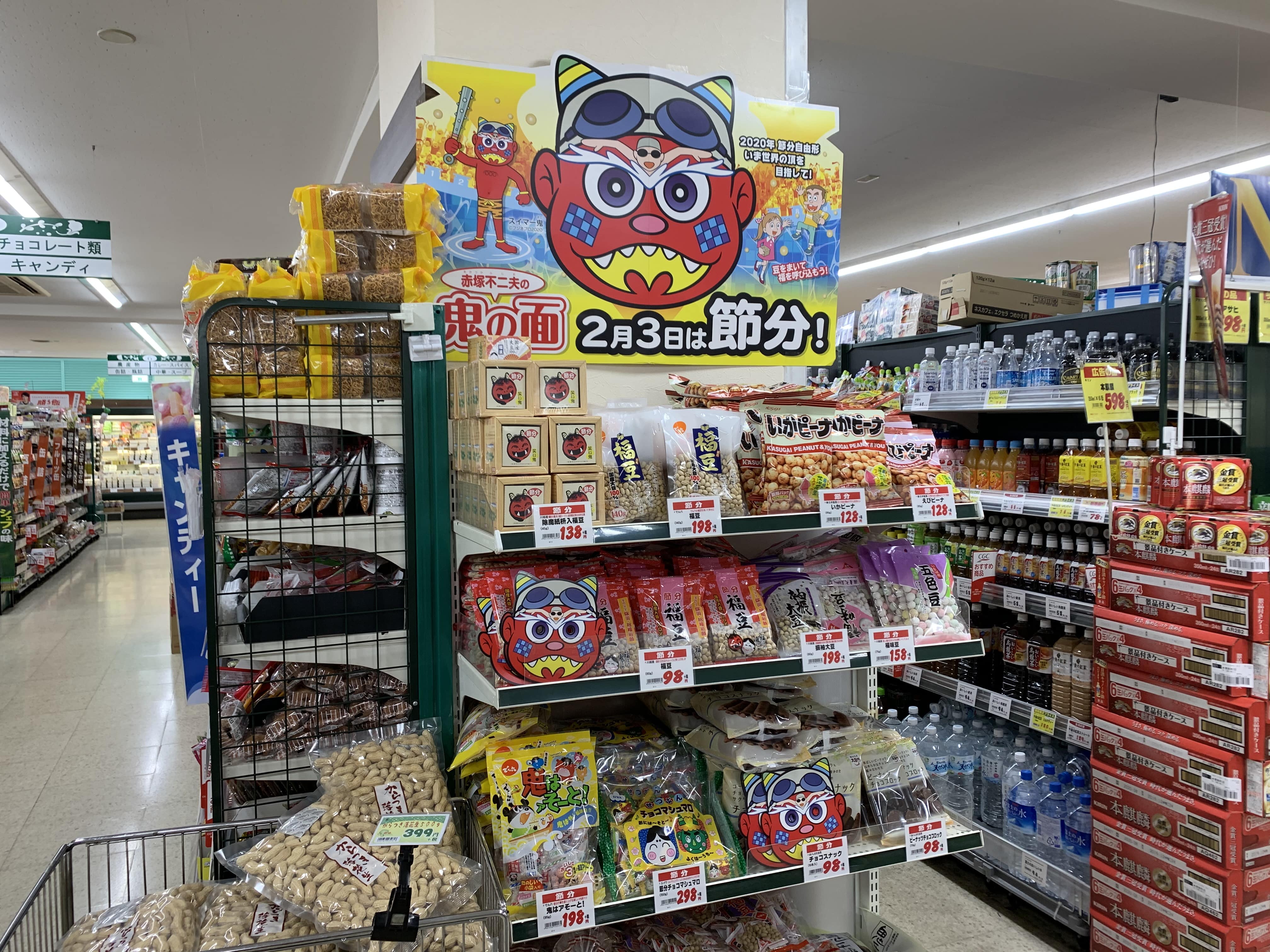
In temples and shrines it’s usually celebrated in a more traditional and serious way, following the rituals. You can see a more traditional celebration in this video about the Setsubun Festival at Heian Shrine in Kyoto
Although there are also places where they try to make a mix and also make it fun and entertaining for children, as for example at Sensoji Temple in Asakusa, as you can see in this video:
At the end of the 70s a new tradition appeared the night the setsubun is celebrated. This new tradition consists of eating what is known as Ehô-maki (恵方巻き). Ehô-maki is a maki-sushi that is eaten looking towards the direction ‘Ehô‘ to bring luck during this year. To give you an idea, it’s like a giant maki roll. In fact it’s exactly like the roll that is then cut into smaller parts to make the makis.
The ‘Ehô‘ address isn’t a fixed address, but changes every year, and the ehô-maki has to be eaten at once, without pausing and without cutting it so that good luck isn’t cut. The ingredients also have a special meaning. It’s rolled with nori seaweed and filled with seven ingredients that represent the seven gods of Japan’s fortune: Japanese omelette, shiitake mushrooms, carrots, squash, cucumber, tofu and eel.
Although this tradition originally started in the Kansai region (Osaka, Kyoto, etc.), it has now spread throughout the country and this day it is common to see ‘ehou-makis‘ and publicity about it in all supermarkets and konbinis in Tokyo.
Another tradition that has already fallen into disuse is that of hanging at the entrance of the houses dry heads of sardines on holly branches during dusk. Formerly they believed that evil spirits can be driven away by the bad smell produced and the bulging eyes of sardines. Nowadays it can still be seen in some rural interior areas but not in the big cities and if you ask to young people or to the people from the big cities about this tradition they don’t even know.
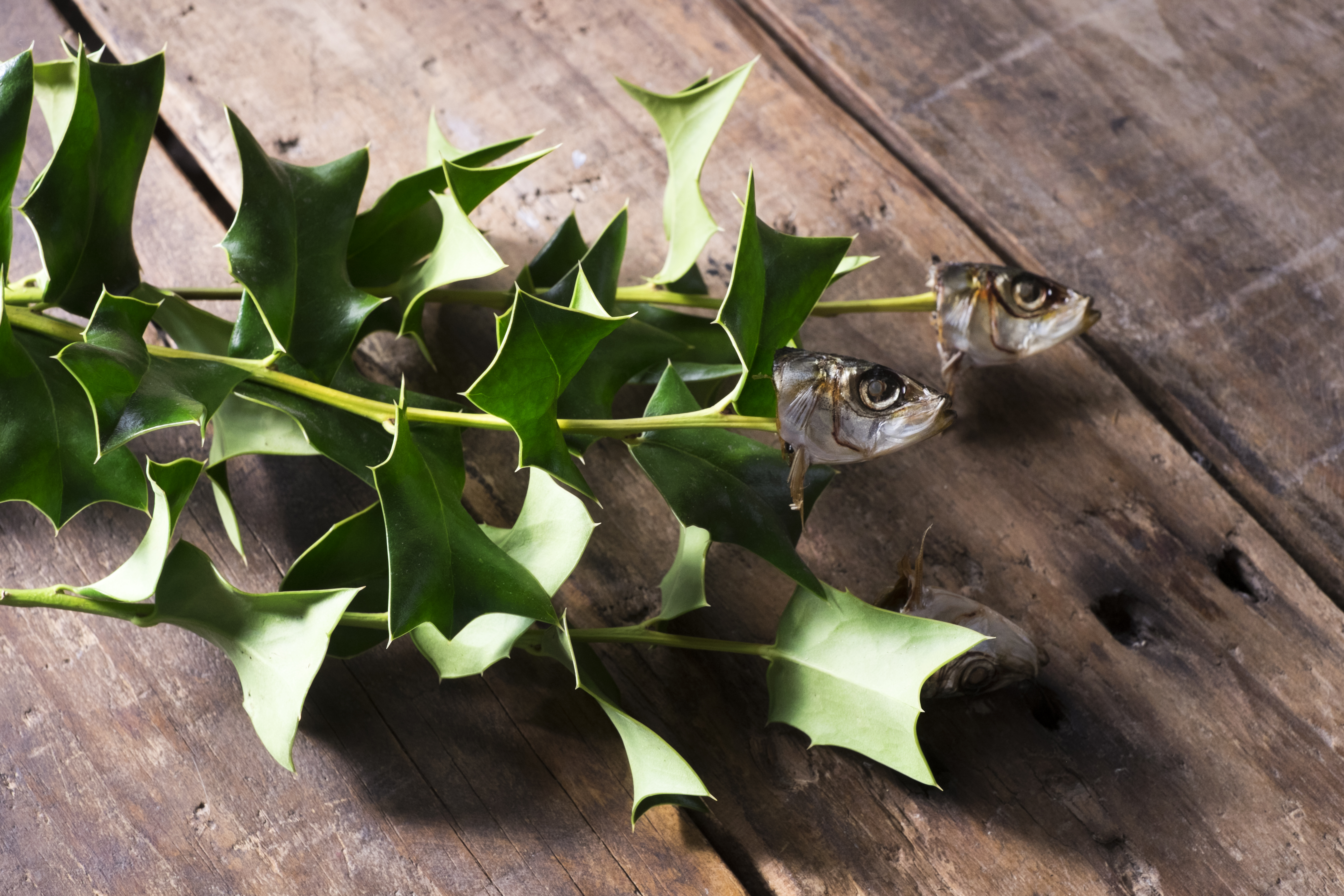
What do you think of this tradition? I thought it was quite curious and funny the first time I heard it and wanted to share it with you! If you’re in Japan for this day, I recommend you to go to some temple or shrine or try to eat eho maki to get into the local culture for a little! 🙂
If you liked this article and want to know more about Japanese culture or Japan in February, don’t miss these articles too!
▽ Related Articles ▽
▼Editor’s Picks▼
Written by
From Barcelona to Tokyo. Coffee & Adventure lover🌏☕️
I started to like Japan because of the anime, music and doramas, but after my first trip to the country I found what I love the most: traveling around, the culture and history. I have travelled a lot in Japan, but I still have many places to discover that I want to share with you🙋🏼♀️ Let’s discover Japan together!
Also, as a foreigner living in Japan for over 6 years I understand what kind of things are difficult when you move here and I want to help other people in the same situation that I have in the past.





